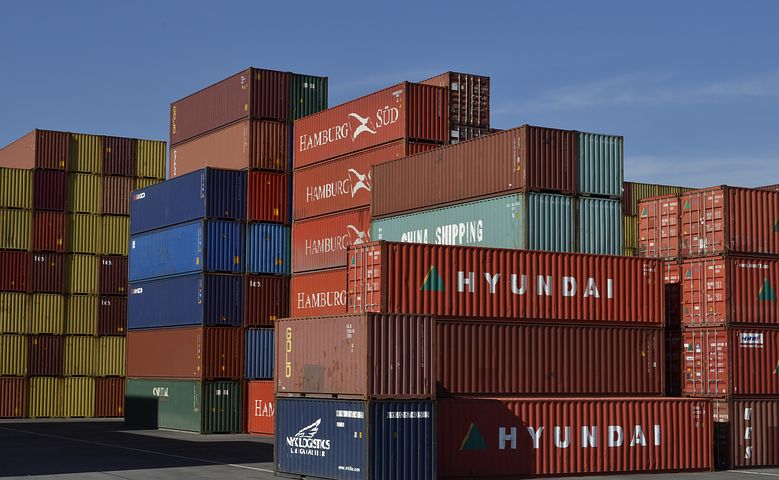Importing goods can be a complex and time-consuming process. From navigating customs regulations to coordinating logistics, there are several factors to consider when streamlining your import operations.
In this article, we will explore seven key steps that can help Australian businesses and individuals simplify and optimize their import process. By following these steps, you can improve efficiency, reduce costs, and ensure a smoother import experience.

Conduct Thorough Market Research
Before diving into the import process, it’s essential to conduct thorough market research. Identify the demand for your product, assess potential competitors, and evaluate market trends. Understanding your target audience and the market landscape will inform your import decisions and help you make informed sourcing and pricing choices.
Source Reliable Suppliers
Finding reliable suppliers is critical to the success of your import operations. Look for suppliers with a proven track record, solid references, and a reputation for quality products. Build relationships with your suppliers, foster open communication, and negotiate favorable terms to ensure a smooth and reliable supply chain.
Navigate Customs and Regulatory Requirements
Understanding customs and regulatory requirements is crucial when importing goods. Research and familiarize yourself with import regulations, tariffs, and documentation processes specific to your product category. Consult with customs brokers or freight forwarders to navigate these requirements effectively and avoid costly delays or penalties.
Optimize Freight and Logistics
Efficient freight and logistics management is key to streamlining your import process. Partner with reliable shipping companies that offer competitive rates and timely delivery. Consider consolidating shipments or using freight forwarding services to optimize costs and ensure the smooth movement of your goods.
Container Unloading: Ensuring Efficiency and Accuracy
Container unloading is a critical step in the import process. Efficient unloading helps minimize turnaround time and reduces the risk of damaged or lost goods. Partner with experienced container unloading specialists to ensure smooth operations. Their expertise and equipment can streamline the unloading process, ensuring accuracy and efficiency.
Implement Effective Inventory Management
Effective inventory management is essential for successful import operations. Implement inventory tracking systems that provide real-time visibility into stock levels, sales data, and reordering needs. This will help you maintain optimal inventory levels, prevent stockouts, and streamline your supply chain.
Continuously Evaluate and Improve
The import process is not a one-time endeavor. Continuously evaluate your import operations and seek areas for improvement. Monitor key performance indicators, seek feedback from customers and suppliers, and identify bottlenecks or inefficiencies. Embrace new technologies, industry best practices, and stay updated on regulatory changes to enhance your import process over time.
Streamlining Your Import Process for Success
Streamlining your import process requires careful planning, research, and effective management. By conducting market research, sourcing reliable suppliers, navigating customs requirements, optimizing freight and logistics, ensuring efficient container unloading, implementing robust inventory management, and continuously evaluating and improving your operations, you can streamline your import process and enhance overall efficiency. With these seven key steps, you’ll be well-equipped to navigate the complexities of importation and achieve success in your business endeavors.
